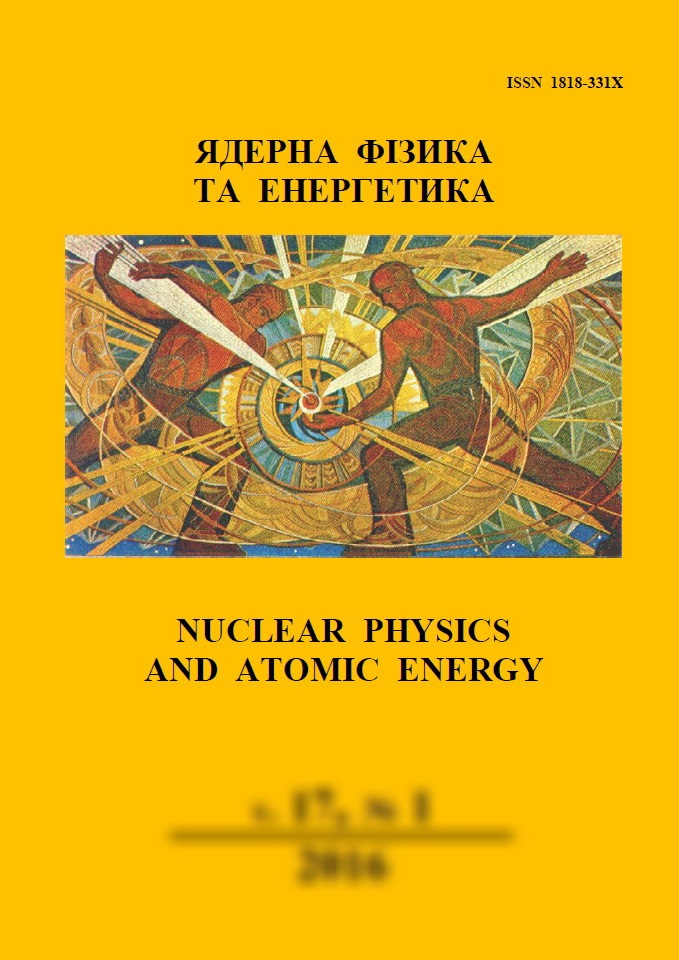 |
ядерна ф≥зика та енергетика
Nuclear Physics and Atomic Energy
ISSN:
1818-331X (Print), 2074-0565 (Online)
Publisher:
Institute for Nuclear Research of the National Academy of Sciences of Ukraine
Languages:
Ukrainian, English
Periodicity:
4 times per year
Open access peer reviewed journal
|
Nucl. Phys. At. Energy 2001, volume 2, issue 4, pages 135-141.
Section: Plasma Physics.
Published online: 30.12.2001.
 Full text (en)
Full text (en)
https://doi.org/10.15407/jnpae2001.04.135
Modular coil systems of advanced stellarator reactors
J. Kisslinger, C. D. Beidler, E. Harmeyer, F. Herrnegger, H. Wobig
Max-Planck Institut für Plasmaphysik, IPP-EURATOM Association, Garching bei München, Germany
Abstract:
Only one single super-conducting non-planar coil set is necessary to generate the magnetic field of
an advanced stellarator reactor. This concept of modular coils offers a wide range for field optimization with
respect to plasma performance. Two HELIAS configurations are considered; one similar to Wendelstein 7-X
with 5 field periods and a major radius of 22 m and a more compact configuration with 4 field periods and a
major radius of 18m. Both configurations uses 10 coils per period with 5 different coil shapes. The shapes
depend on the magnetic field structure and on the distance between plasma and coils. The minimum distance
is given by the thickness of blanket and shield and is an essential parameter for the size of the device. The
winding packs with trapezoidal cross-sections are split in double pancakes which are wound on steel shells.
The trapezoidal cross-section is used in order to reduce the maximum field strength at the conductor on the
high-field side. The favoured choice is a Nb-Ti super-conductor because of the established industrial
technology and good mechanical properties. Super-fluid helium at 1.8K is used as coolant to ensure safe
operation at 10 T. More advanced conductors like Nb-Sn or Nb-Al offer higher magnetic fields at higher
coolant temperatures. Their drawbacks are the lower technological development and brittleness. The
magnetic force distribution in the coils is inhomogeneous and has radial and lateral components of about the
same value. The coils tend to become more circular and planar under the magnetic load. Stiff coil housings
with local reinforcements and a system of inter-coil support elements keep the resulting mechanical stress
values within technical limits.
References:
1. C. D. Beidler et al. Proc. 16th Int. Conf. on Fusion Energy (Montral, 1996) Vol. 3, p. 407.
2. P. Merkel. Nuclear Fusion 27 (1987) 867.
https://doi.org/10.1088/0029-5515/27/5/018
3. E. Harmeyer et al. 20th SOFT (Marseille, 1998) Vol. 1, p. 719.
